Margao City – The Old Worldly Charm
Surrounded by fertile farmland, the town of Margao was once a major religious centre, with dozens of wealthy temples and dharmshalas (dormitories). Margao has an old-worldly charm about it because of its Portuguese churches, and some magnificent specimens of old Portuguese houses complete with shady balcaos (porches) and oyster-shell windows in its Borda area.
The Largo de Igreja, or the Church of the Holy Spirit as it is also known, dominates the entrance to the city, just north of the Municipal Garden square. Just within walking distance of the Church, is the famous “House of Seven Gables” or “Sat Burzam Ghor”. The famous Colva Beach is just 6 kms away from Margao.
The name Margaon is regarded a derivative of Mathgram which literally means ‘the village of temples.’ After the Portuguese invasion, the temples gave way to the spawning of majestic churches and palaces.
The present Margao town exudes a quaint charm with its landscape speckled with fine specimens of Portuguese architecture. The main town square known as the Praca Jorge Baretto houses most of the offices and prominent buildings. The Church Square, called the Largo de Igreja, features the Church of the Holy Spirit and other monuments. One can take a walk and notice the Portuguese houses situated around Margao. Next to the Holy Spirit Church Square, further up the road, is the palatial “Saat Buruzanchem Ghor” of the Silvas. The Holy Spirit Church Square opens with the reddish maroon heritage house of the Alvares. The heritage houses in this square have been witness to the 21st September 1890 incident in which 23 people were shot during the elections. One of the heritage houses even bears the bullet marks from this shooting incident on its façade. Most of the Indo-Portuguese architectural style heritage houses located on the Abade Faria Street or in the Holy Spirit Church Square were built in the 19th and early 20th century. Many of them are even older, built in the late 18th century.
Tourists traveling to Margao also visit the nearby Colva beach for a tranquil beach vacation. Local private buses to Colva and surrounding villages make stops at various places inside the town. Long distance buses to Panaji, Vasco and destinations outside Goa, stop and leave from the main Kadamba Bus Stand, 3 km away on the outskirts of the town.
Margao Railway Station is Goa’s biggest and most important as it is a railway junction positioned at the intersection of the Konkan Railway and the South Western Railway. It is situated just 2 km east of city centre.
Being Goa’s largest and most connected railway junction makes Margao the gateway to south Goa. The city is replete with various sights and attractions such as the Anna Fonte or the famous natural springs, the Church of Holy Spirit, the Monte Hill chapel and mansion and the Margao municipal garden. The city suburbs such as the Pajifond, Gogol, Navelim and Comba present various religious and tourist attractions. The famous St Sebastian chapel which is situated in Aquem, the ‘Damodar Mandir (Saal), the ‘Hari Temple’ as well as the ‘Maruti Mandir’ and the ‘Saibaba Temple’ at Davorlim are a must visit in the city of Margoa.
Nestled on the banks of the River Sal, Margao is among the oldest recorded towns in Goa. One of the fastest growing cities in Goa, its fast growing suburbs include Aquem, Fatorda, Gogol, Borda, Davorlim, Comba and Navelim – the last two being the oldest parts of the city.
In early centuries it was termed as Goa’s second best city after the Capital Panjim city, but today Margao is the biggest city of Goa. It is the busiest city, lively and full of crowds, having one of the largest markets with huge variety in Goa. Even in the early days of it’s this place was famous for beautiful site scenes, exotic locations, lovely built temples and for many more wonderful things.
Margao in pre-Portuguese times was one of the important settlements in Salcete and known as Matha Grama (the village of Mathas) as it was a temple town with nine Mathas in temple schools. The Holy Spirit Church Margao was the first and only church to be built in Margao. Its replacement in 1579 was destroyed by raiders along with the seminary that had been built alongside it. The present church was built in 1675.
The initial settlement of Margao grew from the site of the ancient Damodar Temple. The original temple was demolished and the temple tank was filled up to be replaced by the Holy Spirit church and church grounds .The deity Damodar (a form of Lord Shiva) was carried across the Zuari Agranashini river to the Novas Conquistas in which the Sonde rulers resided. While the western side of the Church developed as a market place, the settlement grew on the eastern side, that is, the Borda region, with the church at its core and extended outwards.
Some of the city suburbs include Pajifond, Aquem, Gogol, Borda, Malbhat, Kharebandh, Old Market, Navelim and Comba, the last two being the oldest parts of the city. The historic structures of Margao built during the Portuguese period are the Hospicio (hospital), Muncipal building, Saat Buruzanchemghor of the Silvas at Borda, the centrally located garden, Aquem Pandava Chapel, its Holy Spirit Church Square lined with beautifully Portuguese style homes and also on the Abade Faria road. Other famous historic temples of Margao are the famous Hari Mandir and vltthal Mandir known all over Goa for its Dindi festival, the Damodar sal.
Margao hosts many schools and colleges. Loyola High School (Goa) near Old Bus Stand is a Jesuit-run school and is one of the oldest in Margao. The other educational institutes in Margao include St. Joseph High School at Aquem, Presentation Convent (for girls), Fatima Convent (for girls), and Perpetual Convent High School Located in Navelim. Margao also hosts Goa’s largest Nehru sports stadium, where one can run into popular off-monsoon evening football matches, and even the occasional international cricket Test match. Some of the theatres in Margao include the Gomant Vidya Niketan, OSIA Multiplex, Vishant and Lata; in addition to Goa’s biggest theater, the Metropole. There are numerous hotels present in the heart of the city that provides easy access to tourists wanting a taste of the city life. The various supermarkets and shops in and around the city are a great convenience to the locals and tourists too.
Margao is crowded and hot, but it’s worth seeing! The hustle and bustle is quite incredible.




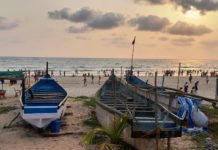
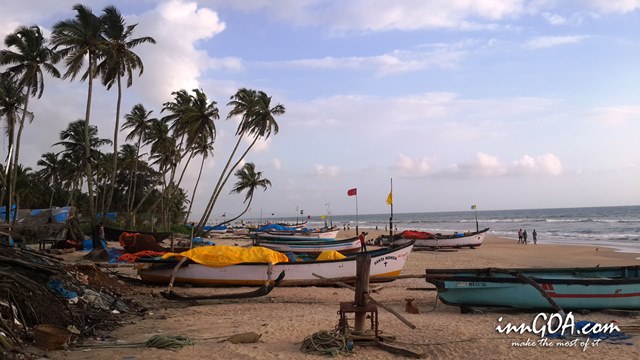

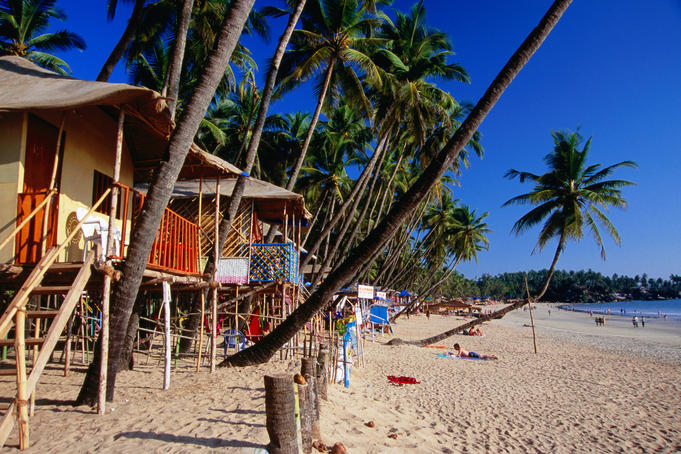
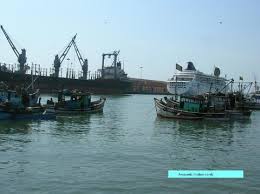

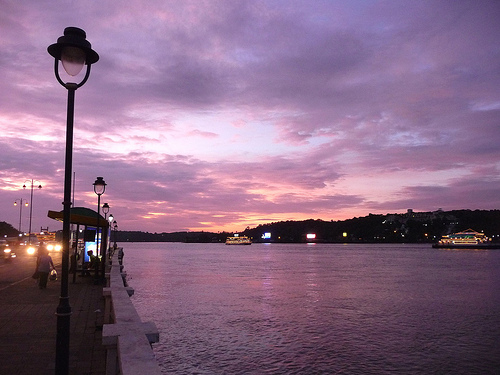
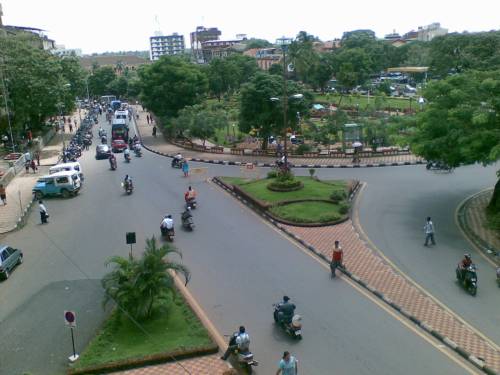

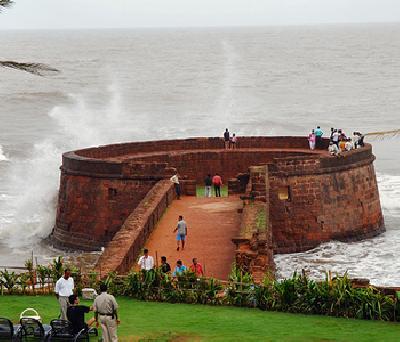
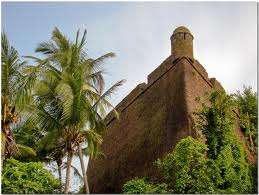
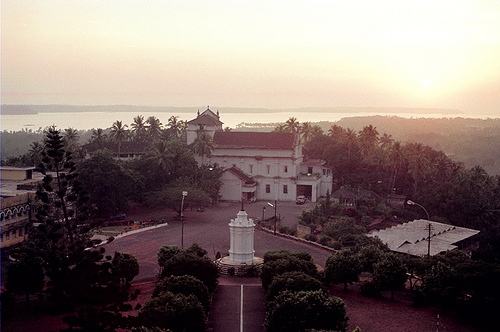
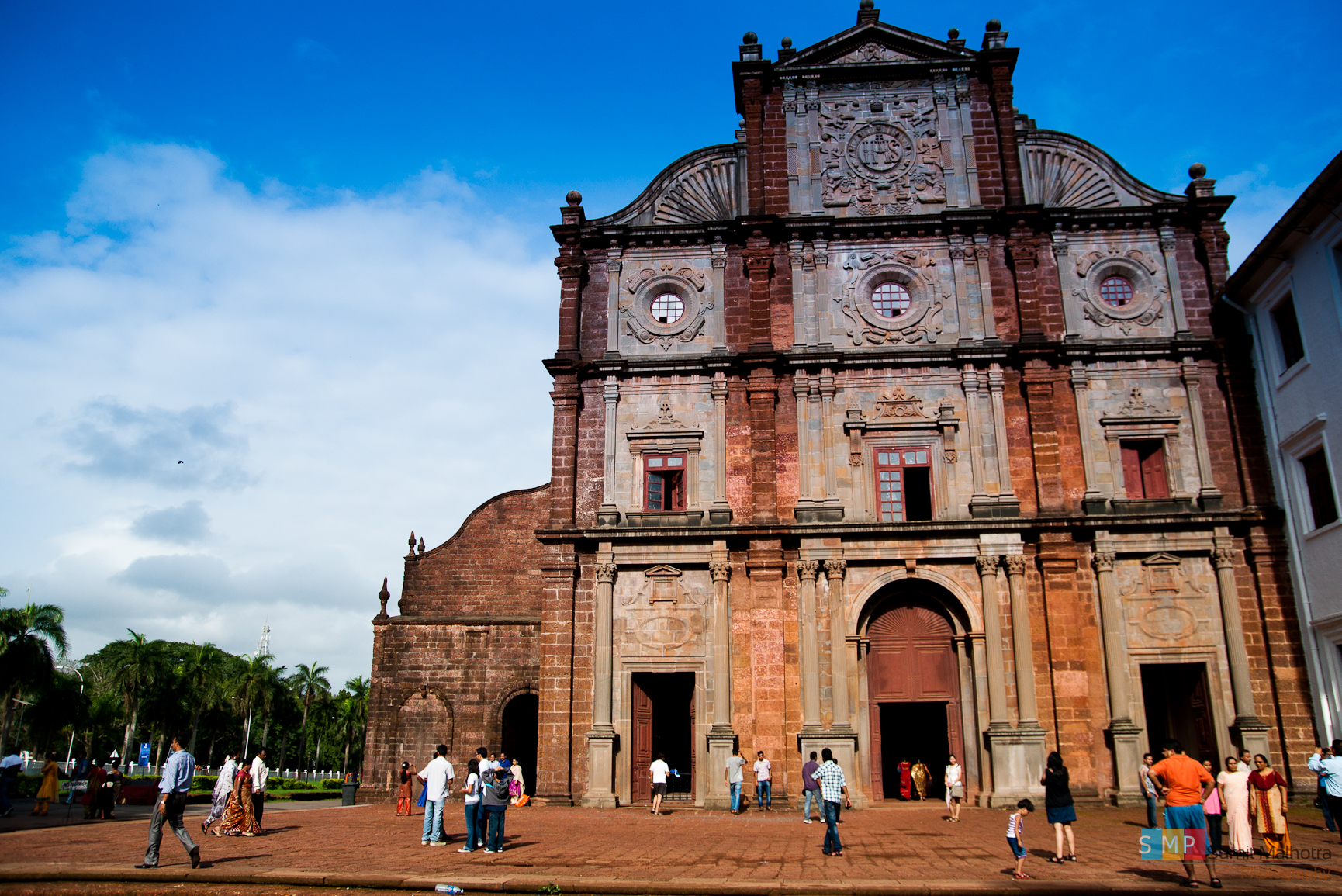


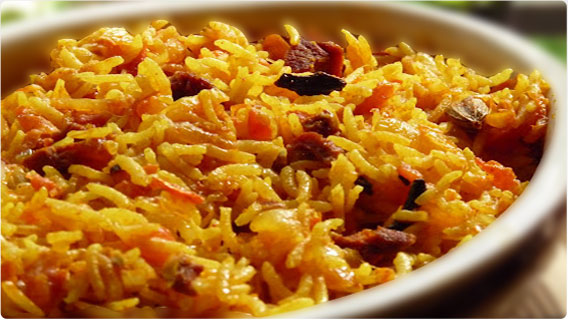
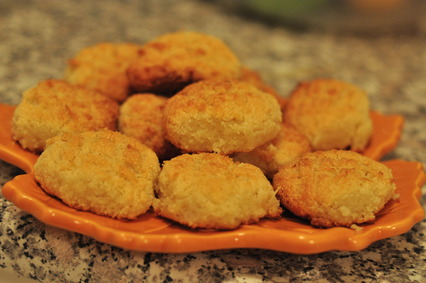
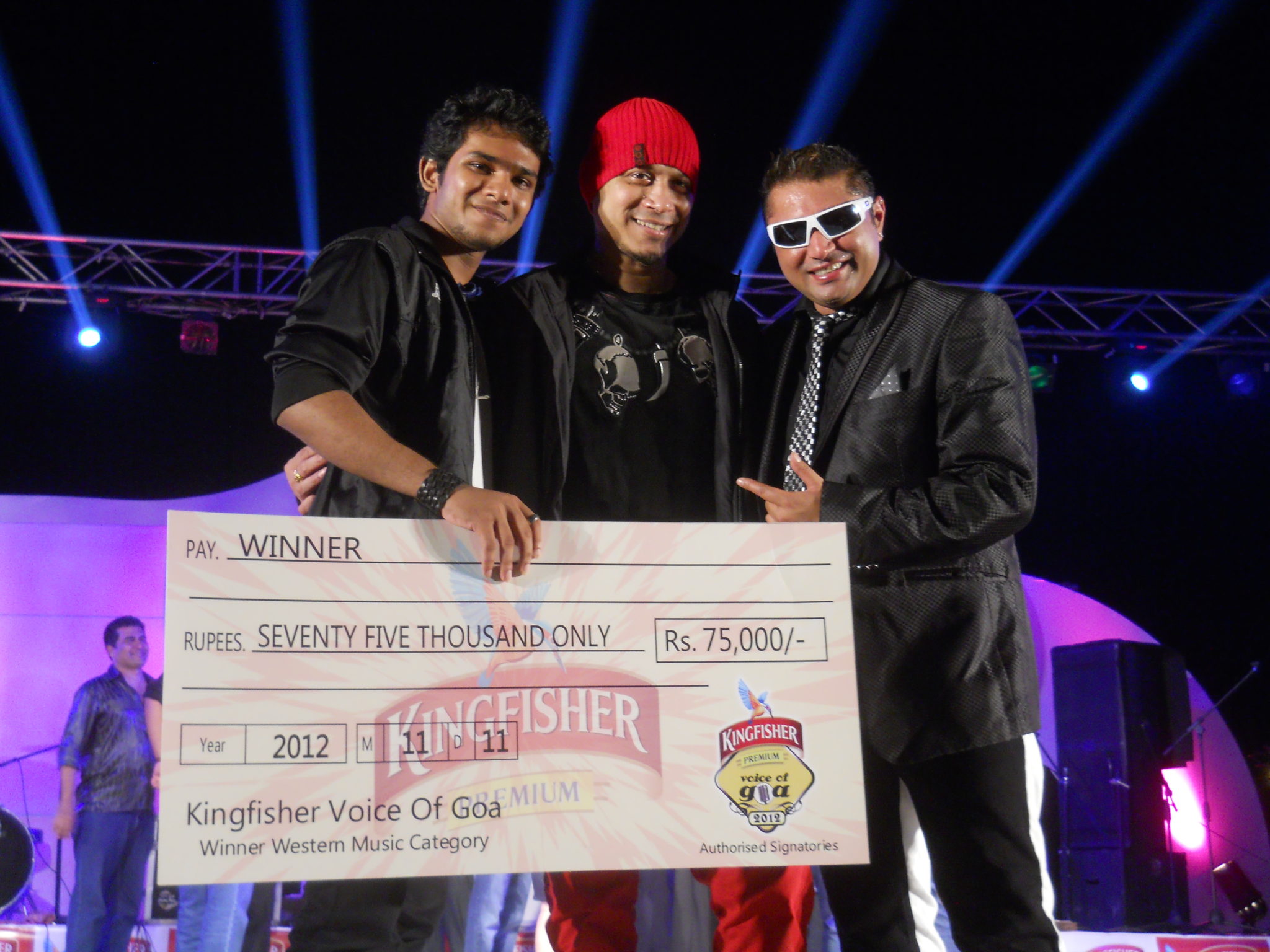



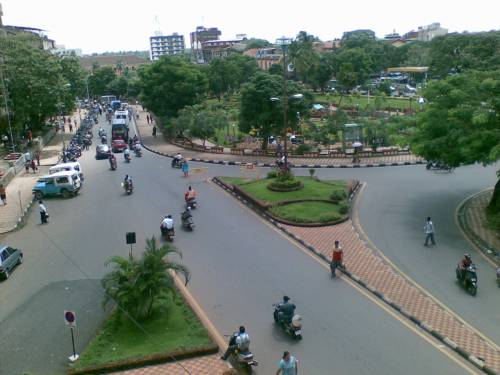
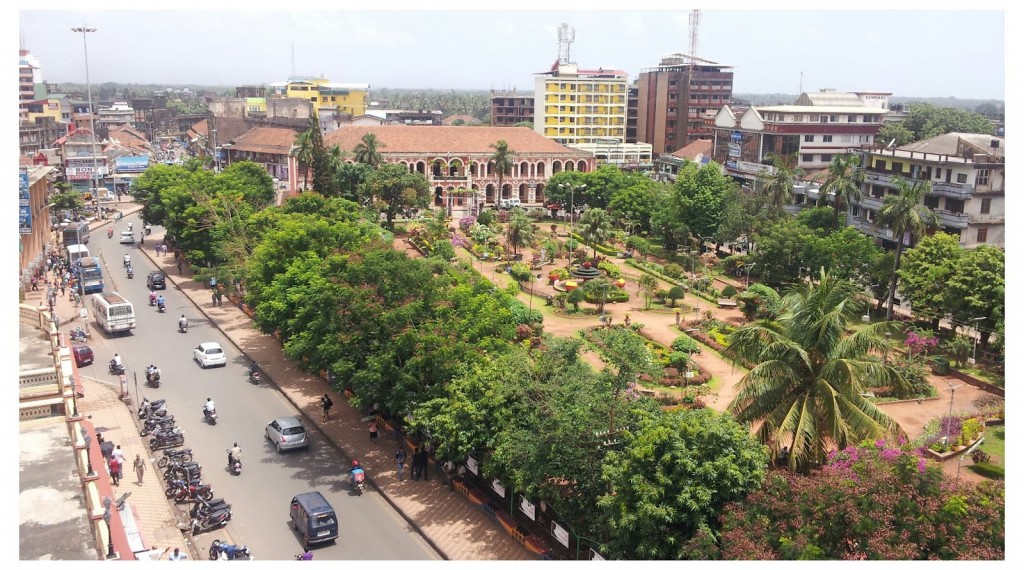
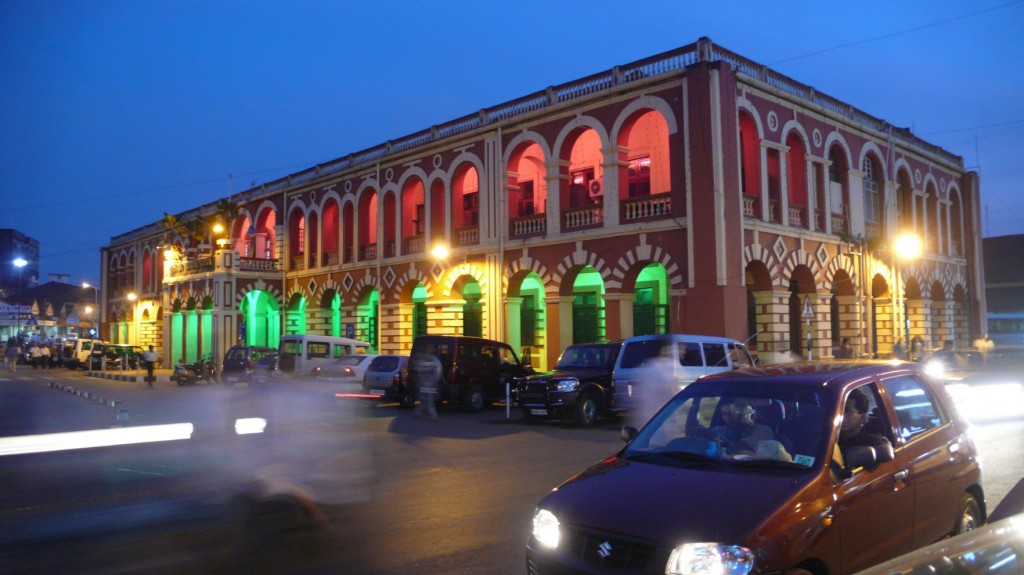
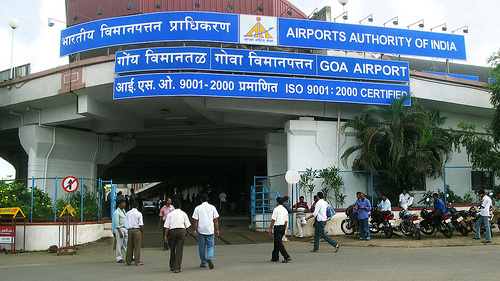
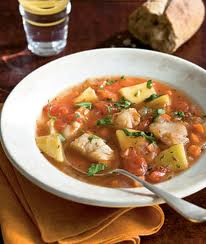
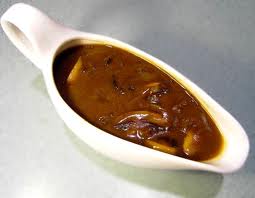
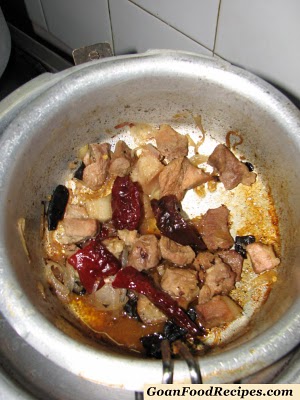

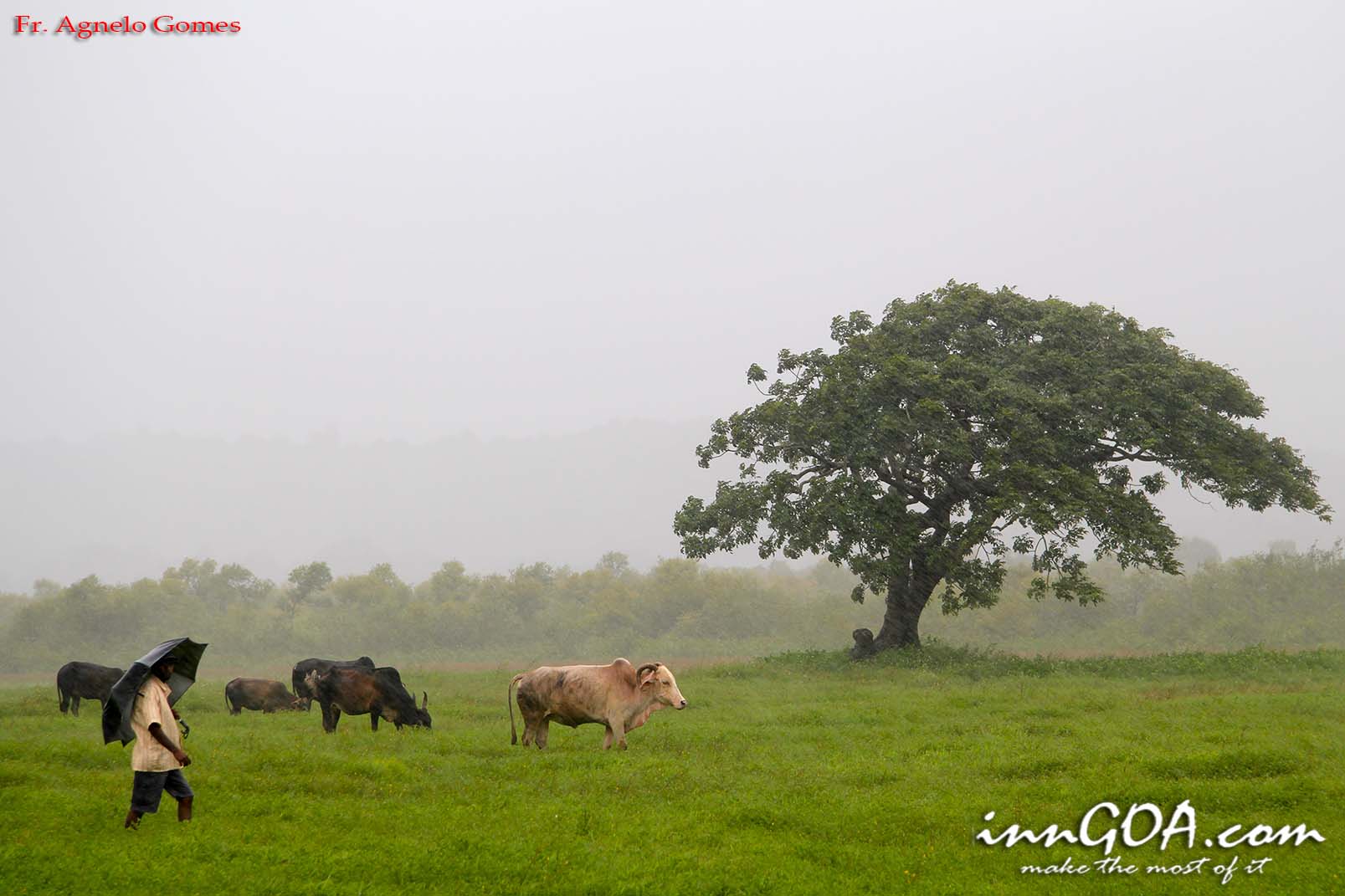
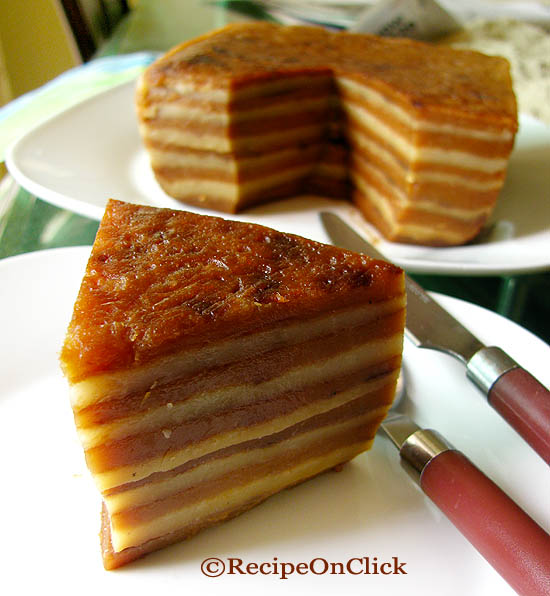
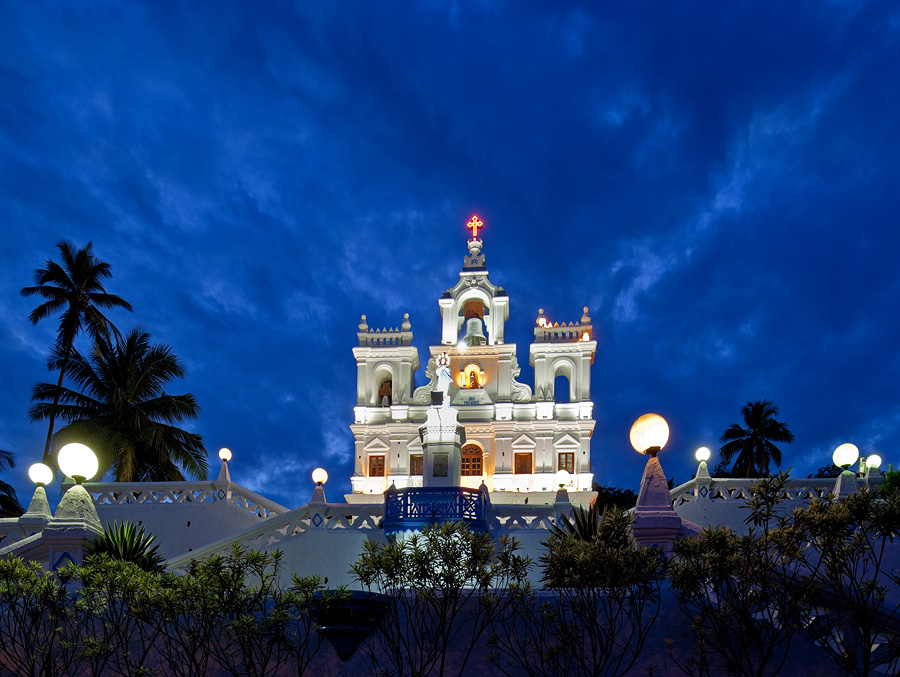

[…] It stands on the bank of Kushawati River near the Zambaulim Village, just 22 km from the City of Margao on the border of Quepem region (Quepem taluk) in the South of Goa. Hindus believe that the […]
[…] #GoanBeaches #HolidayHomesGoa #CheapStayGoa #MargaoCity […]
Comments are closed.